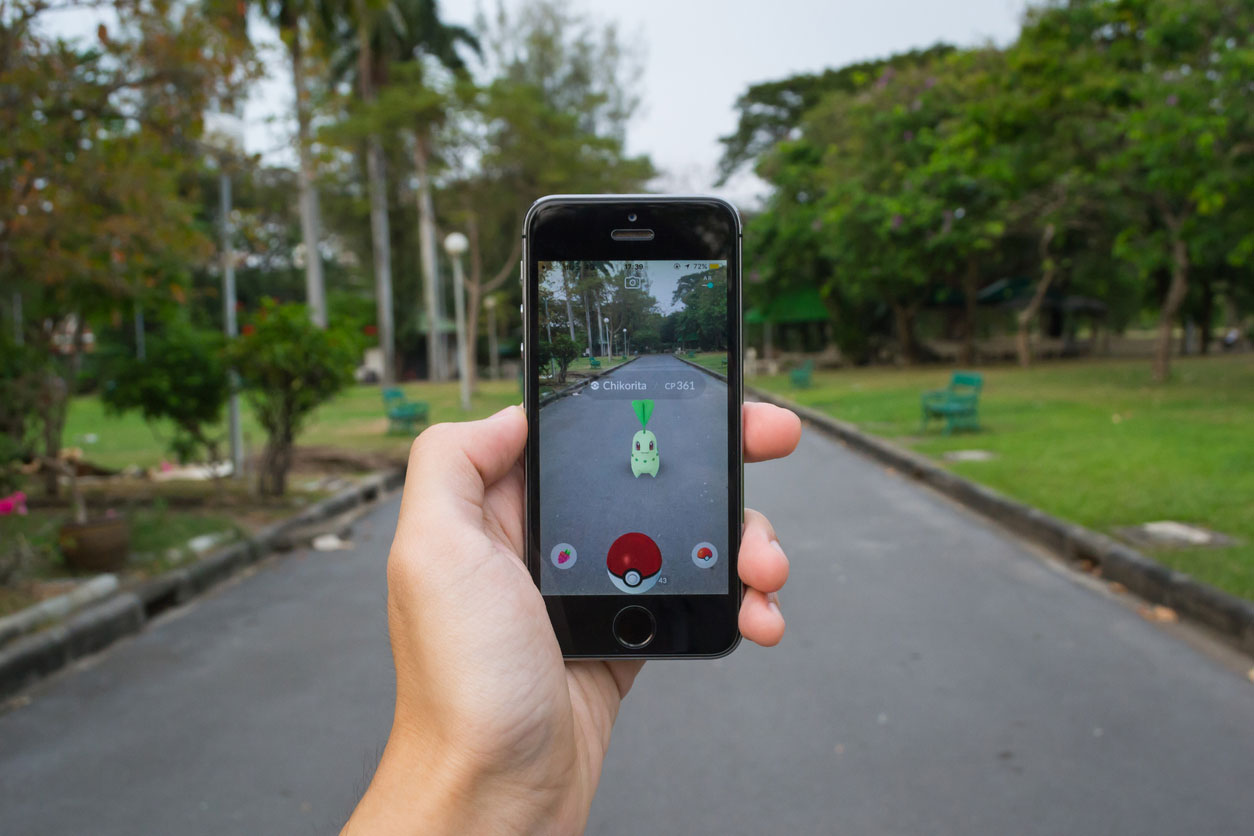I think Pokémon GO also has done a great job of merging the physical world into the digital world, though more can be done
I was in Europe when, halfway through my three-week trip—on July 6, to be exact—Pokémon GO hit the market. Within minutes of hearing about its release, one of my three Millennial companions said to me, “Dude, you do realize that once we get back to the U.S., this will be all that people are going to be talking about?”
I’m back now, and sure enough, it is.
Saying I’m a Pokémon fanatic would be a stretch, but saying I’m oblivious to Ash Ketchum’s quest to catch ’em all is also incorrect. I, along with what I’d dare say is the majority of the Millennial generation, played my fair share of Pokémon back in the ’90s, whether it was collecting the trading cards or attempting to beat every Gym Leader on a Game Boy Color. So the reintroduction of this well-known game has definitely tapped into a degree of nostalgia for us.
But that’s not the only reason for its appeal. I spoke to my boss, Gen Xer Michael Becker, who went from not understanding Pokémon GO to becoming a Level 12 avid player.
“I’d gone through my teenage years prior to Pokémon, so I don’t get any nostalgia from it,” he said. “For me, I see the app as a way to play with my kids, meet new people, ideate on a vast array of B2C and B2B mobile moment and engagement opportunities, and to explore my neighborhood in new ways. I’ve walked past the same fence on my way to our local park for years now without noticing a painted palm tree. Now that I’m playing Pokémon GO, I’ve noticed it for the first time because it’s marked with a station, and I can stock up on Pokéballs, potions, revives and more.”
From a marketer’s standpoint, Pokémon GO is groundbreaking. In my opinion, it’s the first scalable—and massively successful—example of augmented reality that has hit the market. The app has brought otherwise-holed-up gamers out of their rooms and onto the streets.
I think Pokémon GO also has done a great job of merging the physical world into the digital world, though more can be done in regard to immersing the digital world into the physical. For example, I could see integrating Pokémon GO with the health apps on smartphones and even Fitbit. Imagine that in order for your Pokémon eggs to hatch, you would have to walk 5KM. But right now, too much of the game is locked up in the game itself.
There is also the opportunity to monetize by incorporating the game with businesses. For the most part, I’m against apps that drive away from the freemium model. That could be my Millennial point of view. I was disappointed the day Tinder changed its structure to a limited amount of swipes in an effort to make money by encouraging users to pay for Tinder Plus. (That said, everybody has to eat.) Snapchat, on the other hand, did a decent job of maintaining the qualities that attracted its user base while still making money with the addition of Discover.
So I think the question marketers should be asking is: Where is Pokémon GO going with this?
I see a lot of possibilities, all of which are contingent on how much money the app is trying to make. Personally, I think Pokémon GO should remain free. The app already has an estimated 9.5 million daily users just in the U.S., and I wouldn’t want to see anything jeopardize that. Instead, the game should take advantage of its global reach and local relevance and focus on interacting with the small businesses. For instance, if I were to buy my sandwich at the local deli and win a few free Pokémon coins, I’d probably eat there more frequently. I also can see businesses paying the app in order to feature rare Pokémon or cater to specific kinds of Pokémon in an effort to get more in-store traffic.
Without a doubt, the app has caused quite a commotion, not exclusively to but certainly among nostalgic Millennials. Whether you’re playing the game or bumping into others who are, it will be interesting to see where it goes from here. After all, the game hasn’t been out for even one month yet.
View the original post on Adobe's blog here.


No Comments.